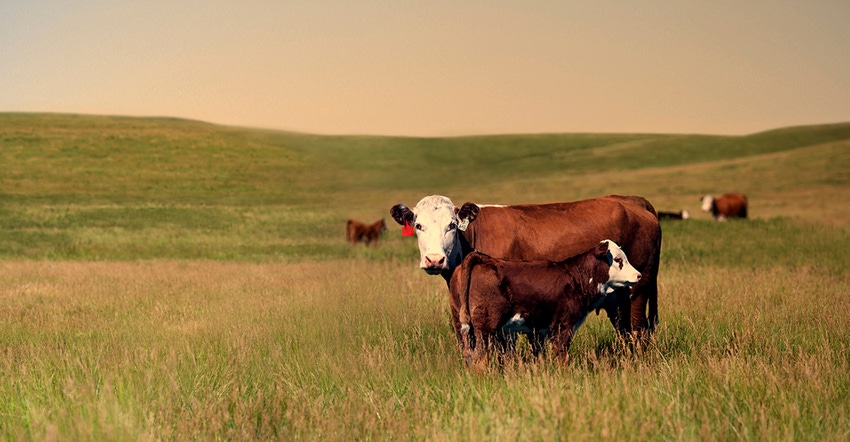Insights on identifying sustainability opportunities for beef producers to increase profitability
November 18, 2021

Sponsored Content
Recent consumer research initiated by Elanco Animal Health found that both consumers who avoid animal protein (90%) and meat eaters (79%) alike agree that sustainable production is an important attribute of the food they buy.1
These days, sustainability is more than a buzzword in conversations about food. It has become an ever-present concern among all players in the food supply chain – a complex challenge demanding urgent solutions with long-term impacts.
A panel of experts representing various link of the beef supply chain sat down at the National Cattlemen’s Beef Association’s 2021 Cattle Industry Convention to discuss how the industry can and should engage in the sustainability conversation related to food and what actionable solutions could move the needle in terms of sustainable beef production.
“The biggest issue is not addressing the issue head on,” said Dr. Sara Place, Chief Sustainability Officer, Elanco. “A huge opportunity for beef is to cast a vision for where we should be going from a sustainability perspective. That allows us to move from viewing sustainability from a risk management perspective to an opportunity to demonstrate the good work our industry is doing.”
For Kansas cattle rancher Debbie Lyons-Blythe, practical solutions for sustainable beef production are on-farm practices that are environmentally beneficial and economically viable.
“The number and variety of stakeholders involved in the sustainability conversation can overwhelm producers,” said Blythe. “But at the end of the day, these are best management practices and good things to be doing. If I ignore the sustainability discussion, I’m ignoring the good things I should be doing to stay profitable and pass the ranch down to my kids.”
Still, the opportunity remains to incentivize beef producers to implement sustainable practices now – especially those that might require more input costs and resources – before they are mandated or regulated in the future.
“There’s real opportunity to capture more revenue, become more cost effective and more efficient in production,” said Dr. Dustin Aherin, Vice President, RaboResearch Animal Protein Analyst, Rabo AgriFinance. “Economics really drive action. So how can we incentivize these improvements to be made?”
Aherin drew parallels to the beef quality grading system as an example the industry could look to while working to incentivize sustainable production.
“We created very distinct incentives around grid premiums and discounts to really prioritize improvements in beef quality over the last 15-20 years,” Aherin said. “Now we’ve reached the point where over 80% of fed cattle are grading Choice or higher. It should be the goal to where the highest value, most in-demand product becomes the industry standard.”
And sustainable beef is definitely in-demand.
“Our research indicates that consumers are more focused on health and sustainability than ever before and our industry is at a pivotal point in terms of maintaining consumer trust in animal agriculture,” said Sarah Morehouse, Director of Corporate Communications for North America, Elanco. “92% of consumers surveyed indicate that animal agriculture can be part of the solution when it comes to climate change. But at the end of the day, they want to know how you’re going to get there. What are you going to do?”
Innovation is poised to be part of the solution.
“There are issues that are maybe under the radar – like ammonia gas emissions – that we can proactively address through innovation,” said Place. “We’ve made great progress, but we’re going to need new innovations. We’re not going to be able to rely on business-as-usual. We’re going to have to do more and accelerate more into the future.”
1. Elanco Animal Health. Data on File.
About the Author(s)
You May Also Like



